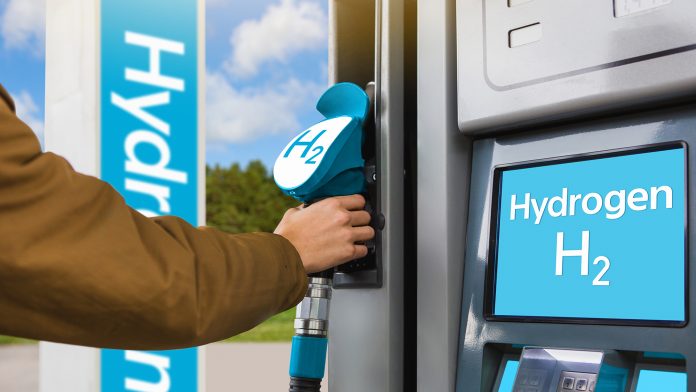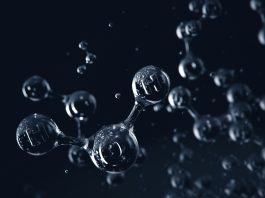Clean hydrogen energy may soon be realised on a global scale as researchers have designed an innovative solar-powered method to harness its potential.
The research team from The University of Texas at Austin has created a low-cost, efficient technique that utilises solar power to generate the vital reaction needed to produce clean hydrogen energy – in which water molecules are split to form hydrogen and oxygen. This groundbreaking discovery, published in Nature Communications, signifies a considerable leap towards making clean hydrogen energy an integral part of our global energy infrastructure.
Scientists worldwide have spent decades investigating the possibility of utilising solar power to generate hydrogen energy; however, finding materials with the optimal properties for achieving the crucial chemical reactions has prevented it from becoming viable on a global scale.
Edward Yu, a professor in the Cockrell School’s Department of Electrical and Computer Engineering, said: “You need materials that are good at absorbing sunlight and, at the same time, don’t degrade while the water-splitting reactions take place. It turns out materials that are good at absorbing sunlight tend to be unstable under the conditions required for the water-splitting reaction, while the materials that are stable tend to be poor absorbers of sunlight.
“These conflicting requirements drive you toward a seemingly inevitable tradeoff, but by combining multiple materials – one that efficiently absorbs sunlight, such as silicon, and another that provides good stability, such as silicon dioxide – into a single device, this conflict can be resolved.”
Fabricating a new technique
Combining silicon and silicon dioxide does create a new challenge, as the electrons and holes created by the absorption of sunlight in silicon must be able to move freely across the silicon dioxide layer. Traditionally, this would require the silicon dioxide layer to be no more than a few nanometres, which decreases its effectiveness in protecting the silicon absorber from degradation.
To remedy this issue, the team devised a method of creating electrically conductive paths through a thick silicon dioxide layer that can be manufactured at low cost and high volumes. Firstly, the silicon dioxide layer was coated with a thin film of aluminium, which, when heated, created an array of nanoscale aluminium spikes that bridge the silicon dioxide layer entirely. These can then be replaced by nickel or other materials that assist in catalysing the water-splitting reactions.
When the device is exposed to sunlight, it can efficiently oxidise water to form oxygen molecules whilst simultaneously generating hydrogen energy at a separate electrode, demonstrating excellent stability under extended operation. Due to this technique also being used in manufacturing semiconductor electronics, upscaling for mass production would be efficient.
Redesigning fuel production with hydrogen energy
An economical and efficient method for generating hydrogen energy will be vital to employing it as a viable fuel source; traditional hydrogen energy production is achieved by heating methane and steam but is heavily dependent on using environmentally harmful fossil fuels. However, the new method provides a pathway to green hydrogen, simplifying the water-splitting reaction through environmentally friendly means.
Hydrogen energy is already utilised in significant industrial processes and has the potential to become a crucial renewable energy source, with it already starting to be implemented in the automotive industry, with hydrogen energy storage showing promise in fuel cell batteries. The researchers are now working to boost the efficiency of the oxygen portion of water-splitting by amplifying the reaction rate.
Yu said: “We were able to address the oxygen side of the reaction first, which is the more challenging part, but you need to perform both the hydrogen and oxygen evolution reactions to split the water molecules completely, so that’s why our next step is to look at applying these ideas to make devices for the hydrogen portion of the reaction.”









